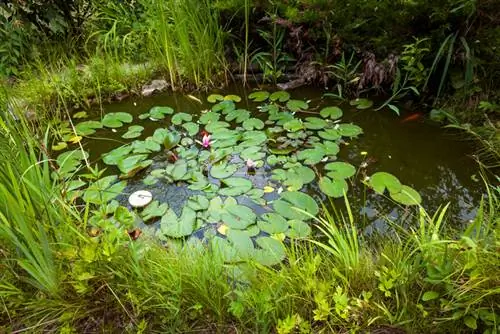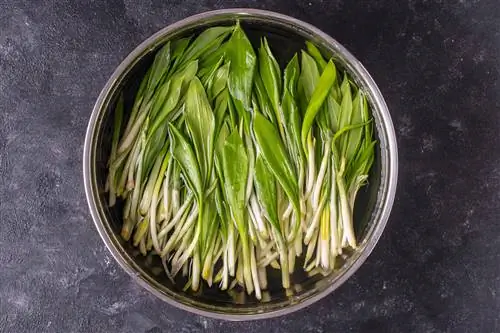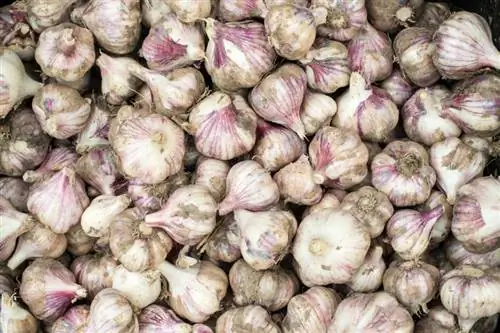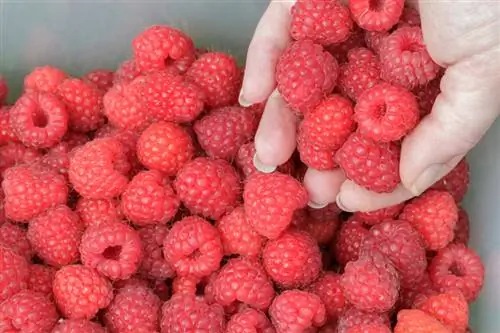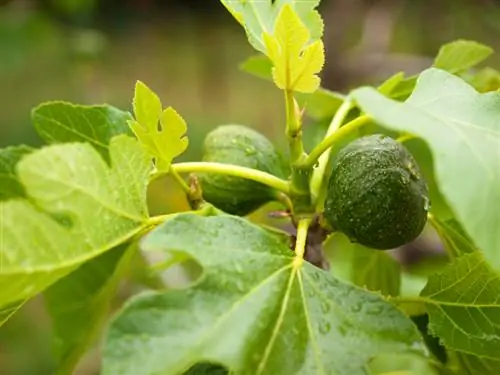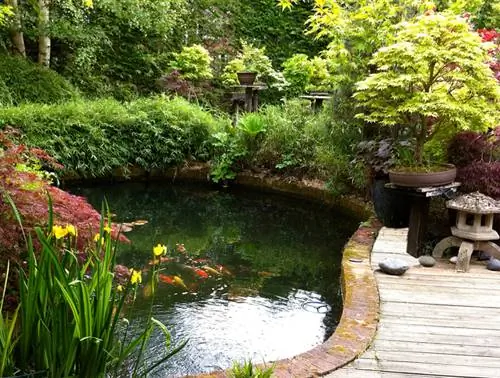- Author admin [email protected].
- Public 2023-12-16 16:46.
- Last modified 2025-06-01 06:02.
If there are too many nutrients in a pond, there is a risk that the pond will “tip over”. Plant filters are therefore often used as an alternative to filter systems. You can find out how to use and install plant filters in our article.
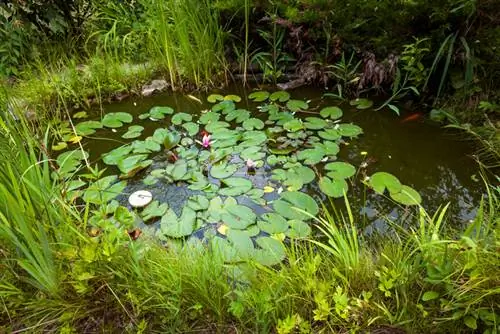
How does a plant filter work in a pond?
Plant filters in the pond use special plants such as reeds, which absorb excess nutrients and, in combination with bacteria, clean the water in a natural way. They can be used as filter ditches, floating islands or filter systems to reduce algae growth and improve water quality.
Necessary filtering
Very nutrient-rich water can be a problem in a pond. In general, high levels of algae growth are to be feared; the pond can even “tip over” completely - i.e. become completely covered in algae.
As a rule, the biological self-cleaning agents still work quite well, filter systems are only really necessary when there are high fish populations and large amounts of food (this is the case with koi, for example), otherwise even small organisms and plankton clean a natural pond in a completely sufficient way.
In a swimming pond, you may want even clearer water than occurs naturally. In this case, you don't necessarily have to use filter systems - plant filters also serve this purpose quite well.
How plant filters work
Special plants are used for plant filters that can absorb a large part of the excess nutrients. They work in combination with the bacterial cultures that live on their roots. In this case, both the plant and the microorganisms work together harmoniously.
The filter plants are special plants. One of the best-known nutrient-reducing plants is reed. It is also most commonly used for this purpose.
In addition, the filter plants often also improve the soil quality because they lead to massive root penetration - some plants even secrete considerable amounts of soil-improving substances from their roots. All of these properties make filter plants (known in technical language as “reposition plants”) a very good means of naturally purifying the water in the pond.
Application of plant filters
Plant filters can be used in very different ways:
- as filter ditches
- as swimming islands or
- as filter ditches
Which type of use is best depends on the pond design and the use of the pond. It's best to get advice from a specialist about what options you have and which plants are best to use as reposition plants for your pond.
Tip
You can create a completely natural, self-cleaning swimming pond by using filter plants. You can also do without plastic film: read more about it in our special article.

